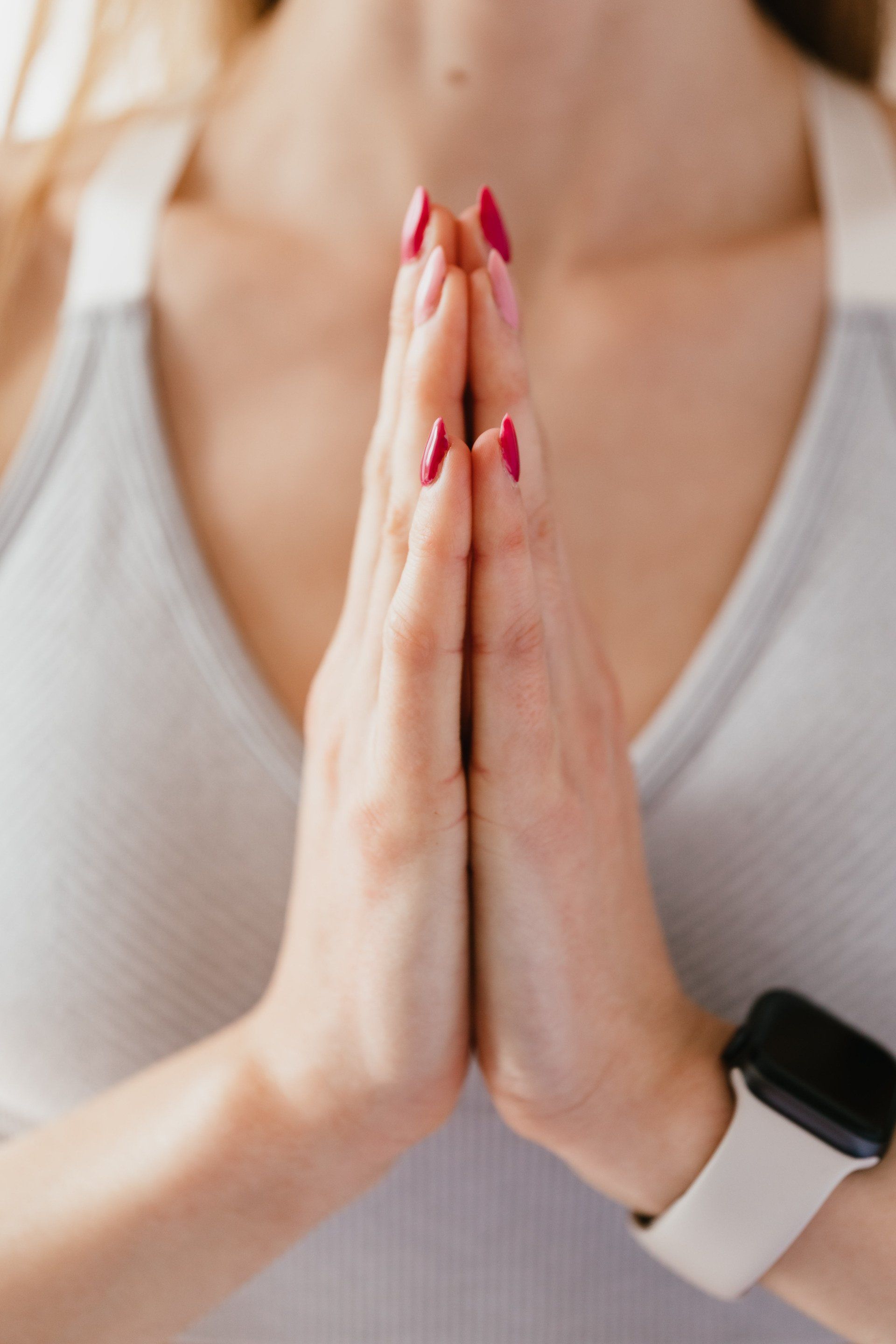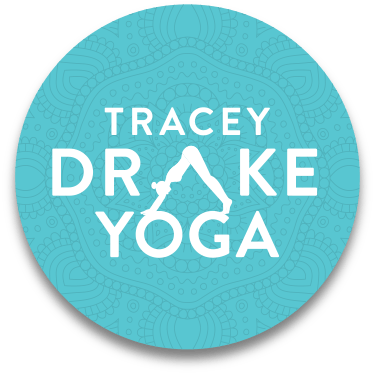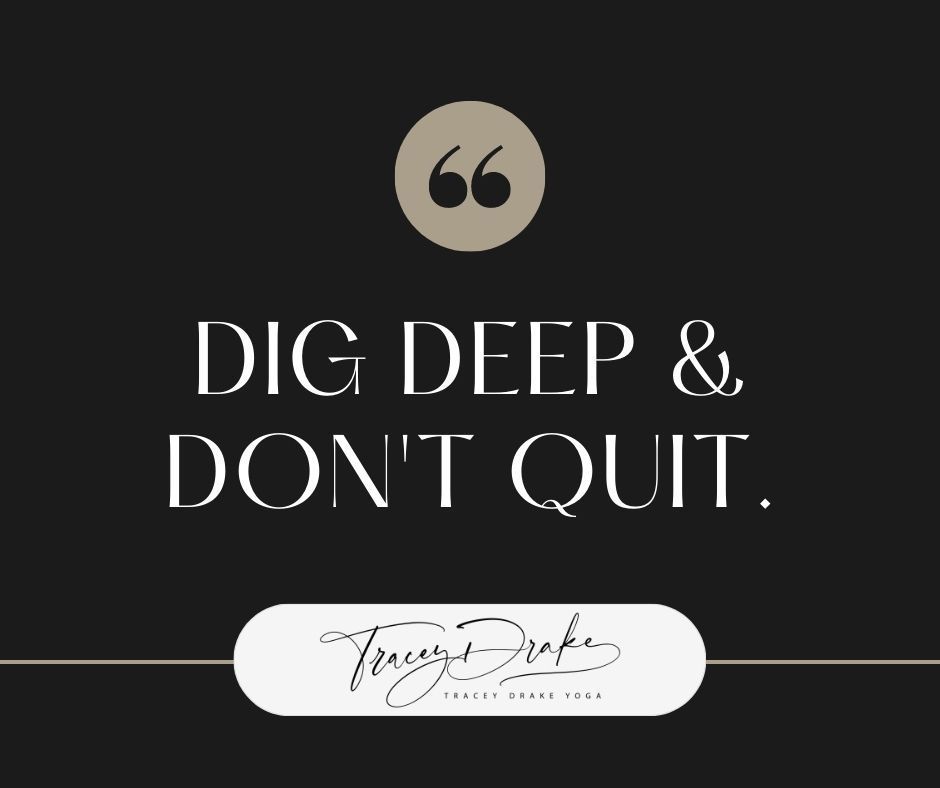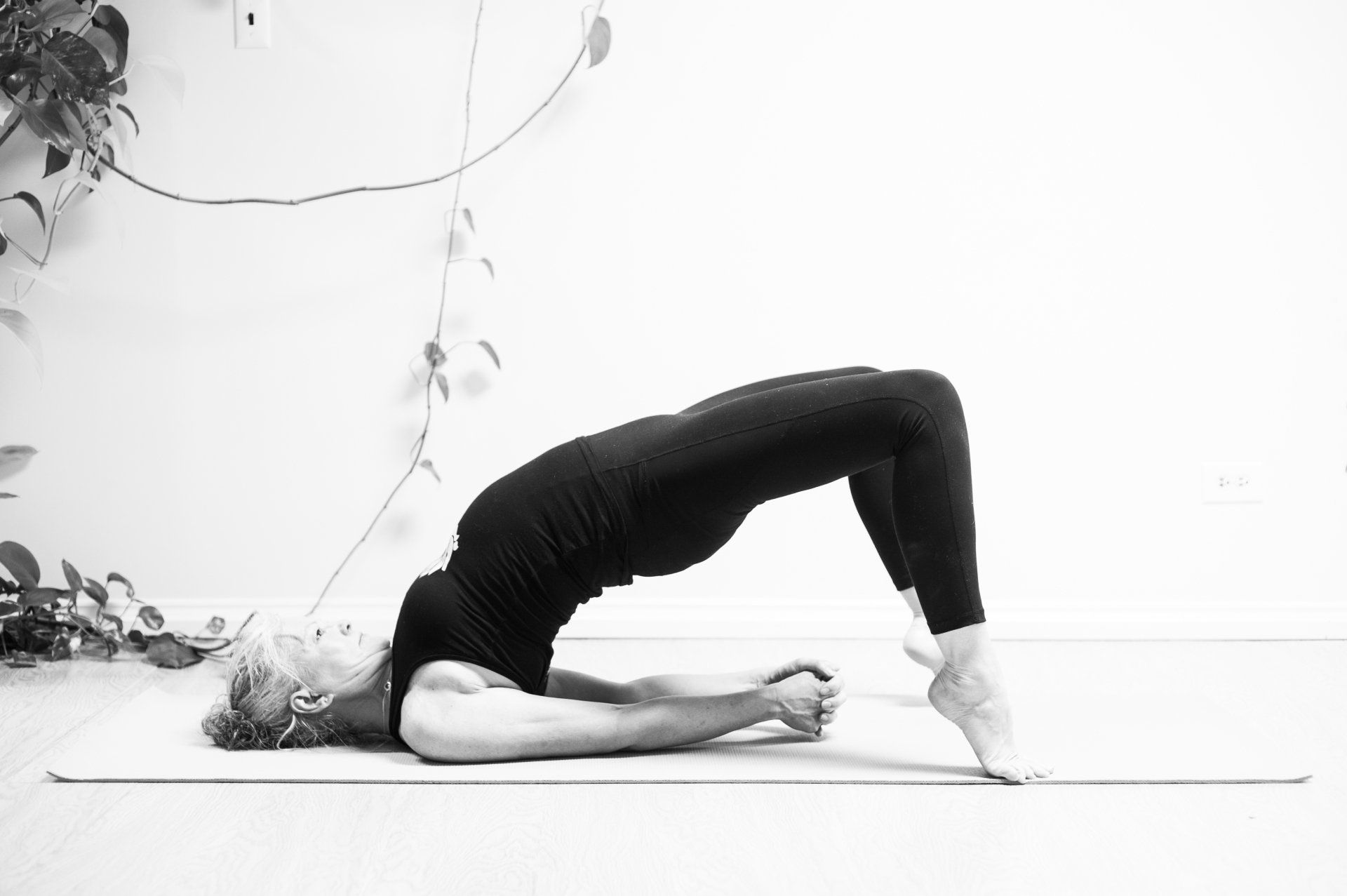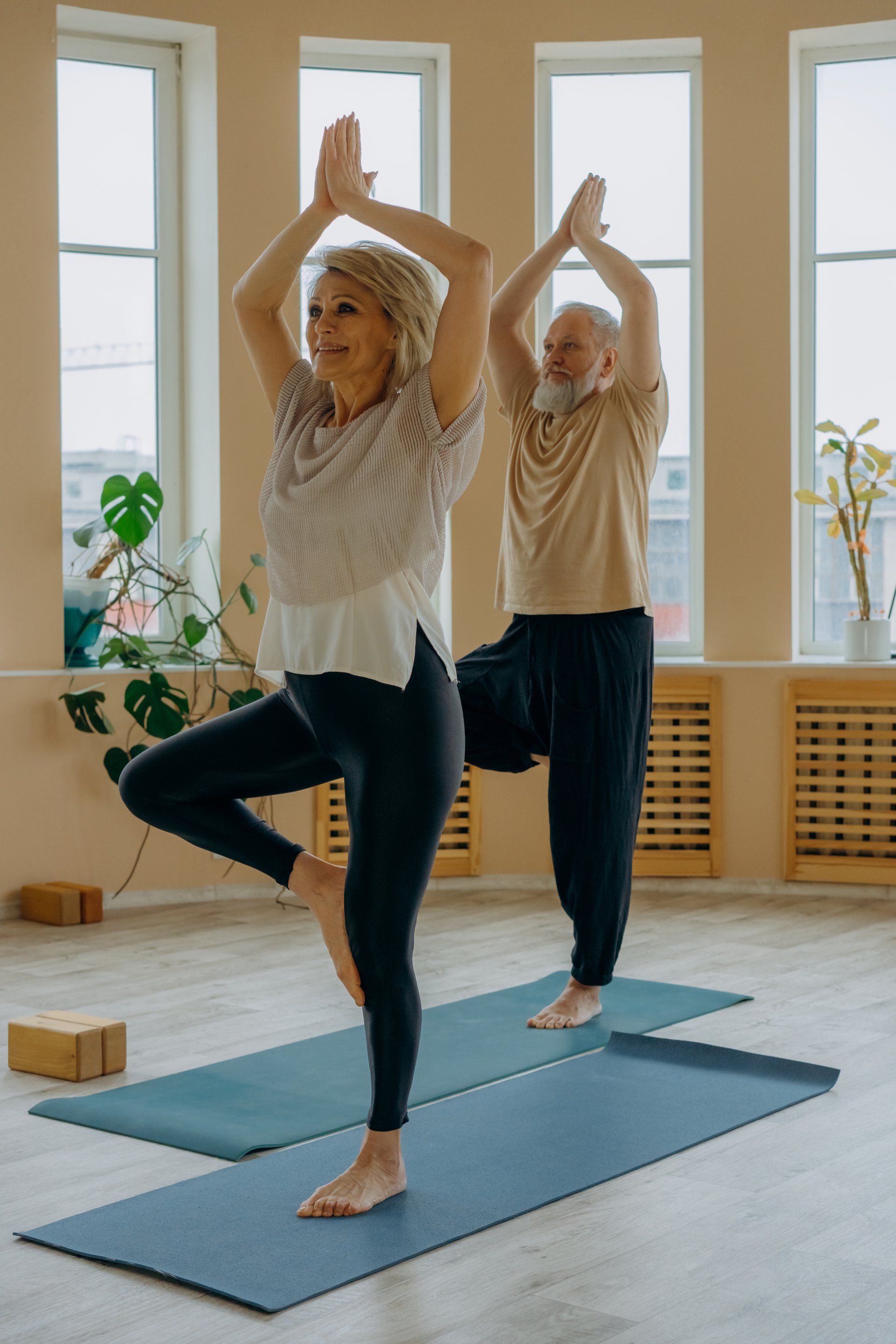What's All The Fuss About Meditation?
"Yoga is the control of the vrittis in the chitta" (Patanjali 1.2)
(approx. 5 minute read)
What is Meditation?
As meditation has gained popularity, with a little help from The Beatles back in the ’60s, a huge amount has been written on what meditation is and what it is not, how to do it, and how not to. Meditation has been associated with everything from affirming ourselves as thin/rich/in love to visualizing ourselves bathed in white light, to sitting cross-legged with eyes closed and doing nothing but contemplating your navel. Meditation is none of these. Meditation is often seen as a way out of the nastiness of life. Meditation will not do this – the nastiness will still be there when you move off your meditation cushion.
So, why then should we meditate??
In a nutshell, meditation helps us to become more awake. It allows us to deal with suppressed emotions and feelings, essentially getting rid of the junk in the mind, and making space to allow us to cultivate compassion and love towards ourselves and others. Easy right?
There’s more – please read on.
Why Meditate?
The Benefits of Meditation - The Juicy Stuff
There has been and continues to be a good deal of research on meditation. Neuroscientists have found that meditators can shift their brain activity to different areas of the cortex – brain waves in the stress-prone right frontal cortex move to the calmer left frontal cortex. This mental shift decreases the negative effects of stress, mild depression and anxiety. There is also less activity in the amygdala, where the brain processes fear. You can maybe think of your amygdala like you would a muscle – the more you work it the stronger it gets. But with the amygdala the more stress you subject it to the stronger it becomes at detecting and reacting to stress, or fear. It's a caveman thing – it is what helped us survive to this point.
Jon Kabat-Zinn, Ph.D., of the University of Massachusetts Medical School, recorded the brain waves of stressed-out employees of a high-tech firm in Madison, Wisconsin. The subjects were split randomly into two groups, 25 people were asked to learn meditation over eight weeks, and the remaining 16 were left alone as a control group.
All participants had their brain waves scanned three times during the study: at the beginning of the experiment, when meditation lessons were completed 8 weeks later, and four months after that. The researchers found that the meditators showed a pronounced shift in activity to the left frontal lobe and claimed to be calmer and happier than before the trial.
There is also a good deal of research material on the benefits of neural rewiring – but we’ll save that for another blog post.
De-Stressing
The word meditation and the word medication have the same prefix derived from the Latin word Medicus, meaning to care or to cure, indicating that maybe meditation is the most appropriate medicine or antidote for stress. Deep relaxation techniques and breath awareness meditation are vital components in enabling the relaxation response to be activated; a quiet calmness is the most effective remedy for a busy and overworked mind. Meditation will strengthen your insular – the area of the brain that senses your internal state, “gut feelings”, and helps you feel empathy and will – help calm the amygdala – the “alarm bell” of the brain, that responds readily to negative stimuli.
Meditation can improve your sleep
Sleep and meditation complement each other. When you sleep well, it helps you to be able to sit for meditation. And meditation enhances the sleeping experience in more than one way. During meditation, the serotonin levels in your body go up. Low serotonin levels are linked to insomnia and depression. Those who meditate sleep better. Meditation increases REM sleep. There are meditation practices that can be used just prior to sleep at night, calming your body and mind, so you quickly fall asleep and attain deep sleep. Brief meditations throughout your day can help you get through your work with less tension.
Can I Not Just Sleep? Meditation vs. Sleep
The reason for the confusion between meditation and sleep lies in the assumption that they are equal. Sleep occurs in different stages of light and deep sleep. Sleep is characterized by delta waves in the brain. During sleep, our bodies relax and the mind switches to autopilot. This restful state is required to restore damaged cells and tissue.
Meditation produces theta waves in the frontal area of the brain highlighting deep relaxation. Alpha waves appear on the posterior of the brain and signify wakeful rest. There are hardly any delta waves during meditation. In sleep we are unconscious; in meditation, we are fully awake – or hope to be 😊
Both leave your mind rested, but meditation and sleep are two different forms of relaxation. So you may feel refreshed after a period of meditation, but it is not a substitute for sleep.
And for me the most compelling reason to meditate….
Meditation allows us to deal with our “stuff”. Mediation is not about stopping all thought – there’s no way we can do that, even when we think we are not thinking we are having the thought “oh, I’m not thinking.”
As we sit and become very still, quietly following the breath, we become more “awake.” Most of the stuff that churns in the mind is 99% nonsense and not useful to us at all, just chatter. But every now and then a suppressed thought, emotion, or feeling will bubble to the surface and make its voice heard. At that point we can lovingly acknowledge it, maybe sit and ponder it, question where it came from, or file it away to be addressed another day.
As we continue to “practice” meditation, we may get better at allowing the suppressed thoughts, emotions, or feelings to bubble to the surface, and we become stronger and more mindful at being able to deal with these, possibly challenging suppressed issues.
One of my yoga teachers, Paul Grilley, whom I will be eternally grateful to for his teachings on meditation, suggests that in aging people stop learning and that’s why they get old. They can’t learn because the mind is full of suppressed emotions and feelings. It takes energy to keep those feelings down. Meditation allows those feelings and emotions to bubble to the surface and be acknowledged and addressed in, hopefully, a healthy way. The modern research is not fully completed yet, but the ancient yogis knew from lived experience that meditating helped keep their minds young, agile, and free from confusion and misperception.
To me sitting in meditation consistently is an appointment with my mind I do not want to miss – because who knows …. it may keep old age, dementia, and confusion away. The physical body will decay, it's meant to, but maybe I can keep my mind in good shape – time will tell, but why take the risk of not trying?
So now we know the benefits of meditating but how do we go about doing it?
Finding Time
Why do we treat our future selves like different people? When we think of our future selves, our future needs and emotions don't feel as real and pressing as our present desires. Future you will always have more time and energy than present yourself. Future you is free from anxiety and stress is better organized and more motivated. At least that’s what we tend to tell ourselves when we think about our future selves. Thinking so highly of our future selves would be fine if we could count on our future selves to behave so nobly. But more typically when we get to the future, our ideal self is nowhere to be found.
Is there an important change or task you’re putting off hoping that a future you with more willpower will show up? Did you talk yourself out of something today, telling yourself you will have more time tomorrow?
If you don’t have time today, you won’t have time tomorrow.
Make a commitment to finding time to meditate.
- Where? Anywhere you feel comfortable and won’t be disturbed or distracted. On your bed, a corner of the room. Try to make it the same place each time.
- When? Whenever it works for you. But be consistent. Consistency is key and the practice is compounded.
- How long? Think baby steps. Don’t overthink this. If you only have 2 minutes that’s fine. There are no guidelines for this – it’s up to the individual. Extend your practice at a pace that feels right for you.
- Sit and be still. Get comfy, but not so comfortable you fall asleep! Use props, a chair, the wall. Try to keep the spine long. Place hands in the lap or on the thighs. Either close your eyes or soften your gaze on a point 2/3 feet in front of you.
- Guidance from someone with a few years of meditation behind them is helpful. Meditating with several others can be powerful.
- It’s never too late to begin.
- The secret of Meditation is that you are not the doer, you are the watcher, the witness.
There is one step to take: Disengage our awareness from all external activities and let it rest within ourselves.
The spirit of meditation is to learn how to watch your thoughts.
Meditation covers a vast arena of experiences and activities; it enables us to see our own limitations and self-centered nature more clearly and to discover the depth and beauty that lies within us. Practicing meditation allows us to learn to trust in ourselves and stop trying to make things better and better. Doing that breeds discontentment and means we can become habitually dissatisfied. We habitually suppress the bad and only want to have the good.
It is both an experience and a practice – an experience of oneness, of being with who we really are, as well as the practice, that enables us to acknowledge and be ok and not “run” from that awareness and experience.
It’s completely free! All you need are a few techniques to get you started and then the rest is up to you. Why wouldn’t you try – it might just save your mind.
June 2021
If you have questions or comments regarding this blog post, I would love to hear from you – email me at traceydrakeyoga@gmail.com
Have you read my other blog posts – click here for more Tracey wisdom – lol
Read More: Kelly McGonigal’s article “This is Your Brain on Meditation”
Watch Sarah Lazar, "Meditation Can Change Your Brain"
My Favourite meditation books:
How to Meditate by Pema Chodron
Buddha’s Brain by Rick Hanson
Be The Change by Ed and Deb Shapiro
Wherever You Go There You Are by Jon Kabat-Zinn
